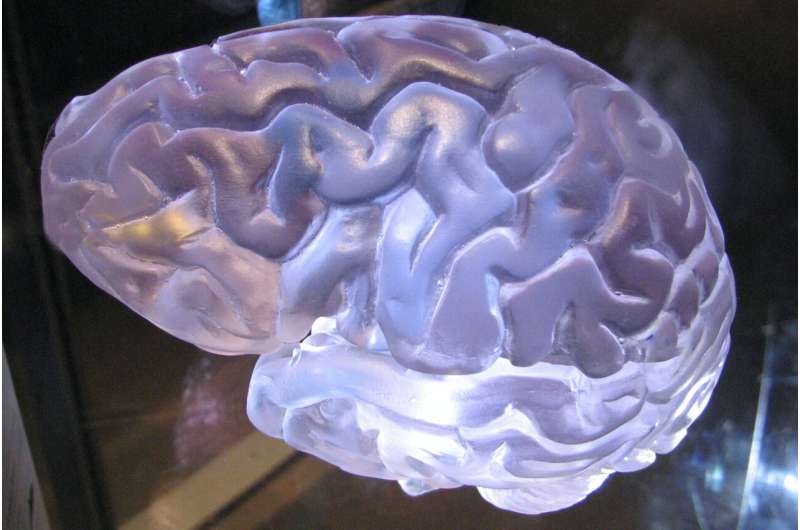New Insights into How Acetaminophen Relieves Pain Could Lead to Safer Medications

A groundbreaking study reveals how acetaminophen, or Tylenol, inhibits a specific enzyme to reduce pain, challenging previous beliefs and opening new avenues for safer pain medications.
Recent research from Indiana University has uncovered a novel mechanism by which acetaminophen, commonly known as Tylenol, alleviates pain. This discovery has significant implications for the development of safer and more effective pain medications. Scientists Michaela Dvorakova and Alex Straiker, affiliated with IU's Gill Institute for Neuroscience and the Department of Psychological and Brain Sciences, published their findings in Cell Reports Medicine.
The study reveals that acetaminophen inhibits an enzyme responsible for producing 2-arachidonoyl glycerol (2-AG), an endogenous cannabinoid in the body. This molecule typically activates CB1 receptors, which are linked to pain relief but also produce psychoactive effects when activated by substances like cannabis. Interestingly, the research suggests that in the case of 2-AG, decreased levels might actually correlate with reduced pain, challenging previous assumptions.
Despite being a widely used over-the-counter pain and fever reliever, the precise workings of acetaminophen have remained a mystery. Previously, it was thought that elevated endocannabinoid levels in the body contributed to pain alleviation. However, this new evidence indicates that inhibiting the enzyme involved in 2-AG synthesis might be the key mechanism.
This discovery is particularly important given the toxicity risk associated with high doses of acetaminophen, which can cause liver damage and is responsible for around 500 deaths annually in the US. With over 60 million Americans using acetaminophen weekly, understanding its mechanism could pave the way for creating drugs targeting the specific enzyme involved, potentially reducing the risk of liver toxicity.
Historically, the scientific community believed that activating CB1 receptors was the primary way acetaminophen worked to reduce pain, a view supported by decades of research. However, the new findings suggest an alternative pathway, challenging existing paradigms and opening avenues for future research.
Looking ahead, the research team plans to explore whether other common pain relievers like ibuprofen and aspirin may share similar mechanisms of action. This could revolutionize pain management by identifying new targets for developing safer medications.
For more detailed information, the study is available in Cell Reports Medicine: [DOI: 10.1016/j.xcrm.2025.102139], and further updates can be found at Indiana University.
Stay Updated with Mia's Feed
Get the latest health & wellness insights delivered straight to your inbox.
Related Articles
Exposure to Mold Toxins During Pregnancy May Reduce Birth Weight via Placental Impact
Exposure to mold toxins like zearalenone during pregnancy may impair placental function, leading to lower birth weights. New research emphasizes the importance of awareness and dietary management to protect fetal development.
Understanding the Formation of Brain Cortex Folds in Humans and Animals
Discover how genetic and cellular factors influence the development of cortical folds in humans and other animals, unveiling insights into brain evolution and higher cognitive functions.
Understanding the Potential Toxicity of Softgel Capsules
Explore the potential health risks associated with plasticizers in softgel capsules, including their impact on hormone health and safety regulations. Learn how to make informed choices about supplements.
Innovative Approach to Slowing Glioblastoma Growth by Blocking Brain Damage
New research suggests that blocking brain damage caused by glioblastoma may slow tumor growth and preserve neurological function, opening new pathways for early intervention strategies.



